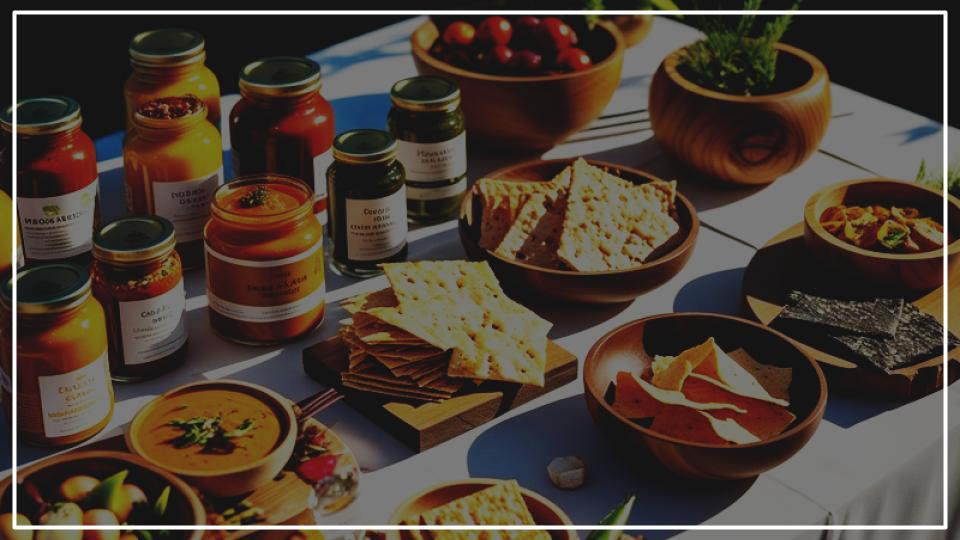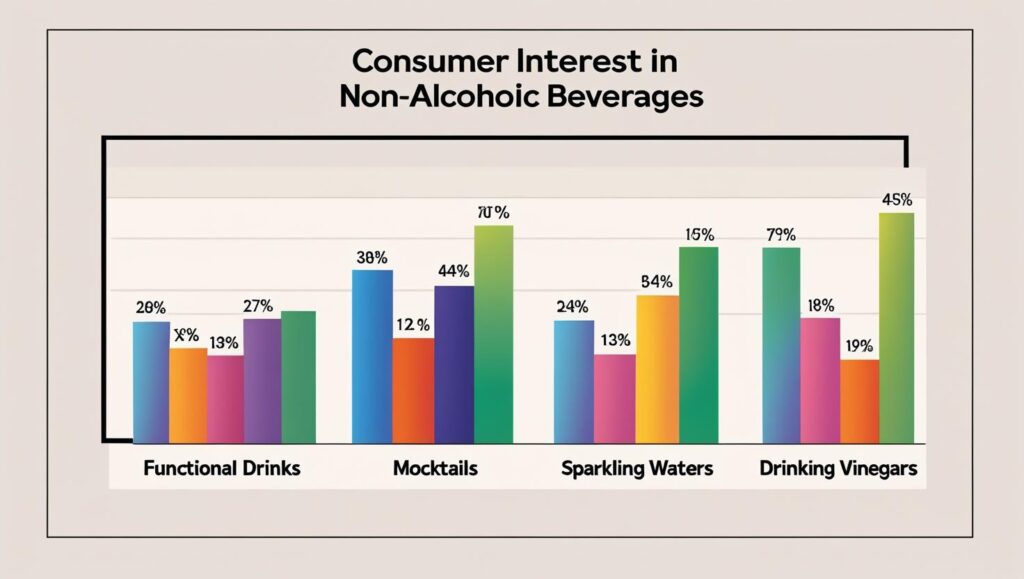The latest Fancy Food Show trends signal a distinct evolution in consumer tastes, moving beyond simple novelty to embrace complex global flavors, high-end convenience, and sustainable practices. As thousands of exhibitors unveiled their latest products, five key movements emerged, offering a clear forecast of the new foods and beverages that will soon transition from specialty shelves to everyday American pantries.

The aisles of the Jacob K. Javits Center, home to the Specialty Food Association’s (SFA) biannual Fancy Food Show, offer more than just samples; they provide a roadmap for the future of eating. This year, the overarching theme was a blend of sophisticated culinary curiosity and pragmatic lifestyle needs. From sauces that deliver nuanced, regional spice to ethically sourced snacks, the products on display indicate that consumers demand more complex stories and functionalities from their food than ever before.
“We’re seeing a consumer who is more adventurous and educated, but also more pressed for time and conscious of their environmental impact,” said an analyst from a leading food industry market research firm. “The trends reflect this duality, offering global excitement that fits into a modern, often hectic, lifestyle.”
Here are the five most significant Fancy Food Show trends poised to influence grocery store selections in the coming months.
The Globalization of Heat: Complex and Regional Spice
The singular pursuit of intense heat is giving way to a more sophisticated demand for complex, flavorful spice. Consumers are moving beyond generic hot sauce to explore nuanced heat profiles from specific global regions. This trend was visible across categories, from condiments and marinades to snacks and even cheese.
The SFA’s own Trendspotter Panel has repeatedly highlighted this shift. Instead of just “spicy,” the focus is on layered flavors that combine heat with sour, sweet, or smoky notes. Products gaining traction include oil-based chili crisps like salsa macha from Veracruz, Mexico; the fermented tang of Korean gochujang; and the tingly, aromatic heat of Sichuan peppercorns.
“It’s about flavor with chili crisp and crunch, berbere, hot honey, and harissa,” one SFA Trendspotter noted in a recent report. This movement caters to consumers who want to add an authentic and exciting flavor dimension to their home cooking with a single, powerful ingredient.
Upscaling at Home: Gourmet Convenience and “Cheffy” Shortcuts
While the pandemic accelerated the home-cooking trend, current economic pressures are keeping it there. Consumers are seeking ways to replicate restaurant-quality meals without the associated cost. In response, brands are launching a new generation of “gourmet convenience” products.

This category includes everything from flash-frozen beef stew made with premium cuts to “cheffy kits” that provide the specific sauces, spices, or bases for complex dishes like ramen or dosa. Kantha Shelke, a food scientist and SFA Trendspotter, has pointed out that consumers are increasingly seeking these gourmet-quality meals in easy-to-prepare formats. These products empower home cooks, allowing them to achieve impressive culinary results with minimal effort.
Flavor Boosters Take Center Stage
A sub-trend within this space is the rise of flavor boosters. These are concentrated pastes, sauces, and crumbles—like shakshuka paste, bacon crumbles, or umami-rich mushroom powders—designed to instantly elevate a simple dish. They serve as a bridge between cooking from scratch and using a full meal kit, offering a high-impact shortcut.
Sustainable Sustenance: The Rise of Upcycled and Ethical Foods
Environmental and ethical considerations are increasingly influencing purchasing decisions, a fact reflected in the growing prevalence of products with a strong sustainability story. Upcycled foods, which transform food manufacturing byproducts into new consumer goods, were a standout category.
According to a report from GlobeNewswire, the global market for upcycled food products is projected to grow significantly, reaching nearly $15 billion by 2030. Examples at the show included snack bars made from leftover fruit peels, beverages derived from the often-discarded coffee fruit (cascara), and flours made from spent brewery grains. The Upcycled Food Association’s certification label is becoming more common, providing consumers with a clear indicator of products that help reduce food waste.
Beyond upcycling, brands are emphasizing their ethical production stories, from supporting small farms with unique terroir, like those in Hawaii, to ensuring transparent supply chains.
The Sophisticated Sip: Complex Non-Alcoholic Options
The non-alcoholic beverage category continues its rapid evolution, moving far beyond sugary sodas. The modern “sober curious” consumer or health-conscious individual is looking for drinks that are as complex and satisfying as their alcoholic counterparts.

This culinary innovation has led to a boom in several key areas:
- Drinking Vinegars and Shrubs: Offering a tart, acidic complexity, these beverages are being positioned as digestive aids and unique cocktail mixers.
- Functional Beverages: Drinks infused with health-boosting ingredients like prebiotics, adaptogens (like lion’s mane mushroom), and collagen are now mainstream.
- Premium Sparkling Waters and Sodas: These feature adult flavor profiles, such as yuzu, hibiscus, and smoked pineapple, with a focus on natural ingredients and low sugar.
Redefining Snacking: Global Formats and Indulgent Wellness
Snacking is no longer just an in-between-meal bite; it’s evolving into a flexible eating style, sometimes replacing traditional meals altogether—a concept the SFA has dubbed “Girl Dinner 2.0.” This has opened the door for a wave of new snack formats that offer both convenience and global adventure.
Instead of just chips and bars, the new snack aisle features items like:
- Tinned Fish: High-quality preserved seafood like mackerel, salmon, and mussels are being embraced for their protein content and versatility.
- Global Handhelds: Convenient formats like Korean kimbap, Salvadoran pupusas, and savory Japanese mochi are appearing in frozen and grab-and-go sections.
- Vegetable-Forward Snacks: Pickled vegetables, olives, and mushroom chips are offered as flavorful, pantry-stable options.
This trend underscores a broader shift in consumer tastes, where the line between a small meal and a snack is blurring, and the demand for diverse, high-quality, and interesting options is paramount.
As these five trends move from the trade show floor to shopping carts, they paint a picture of a more discerning, globally aware, and purpose-driven consumer. The future of the American pantry appears to be more flavorful, functional, and conscientious than ever before.
From Prep Space to Style Statement: Kitchen Island Décor Ideas Shaping Modern Interiors
